-
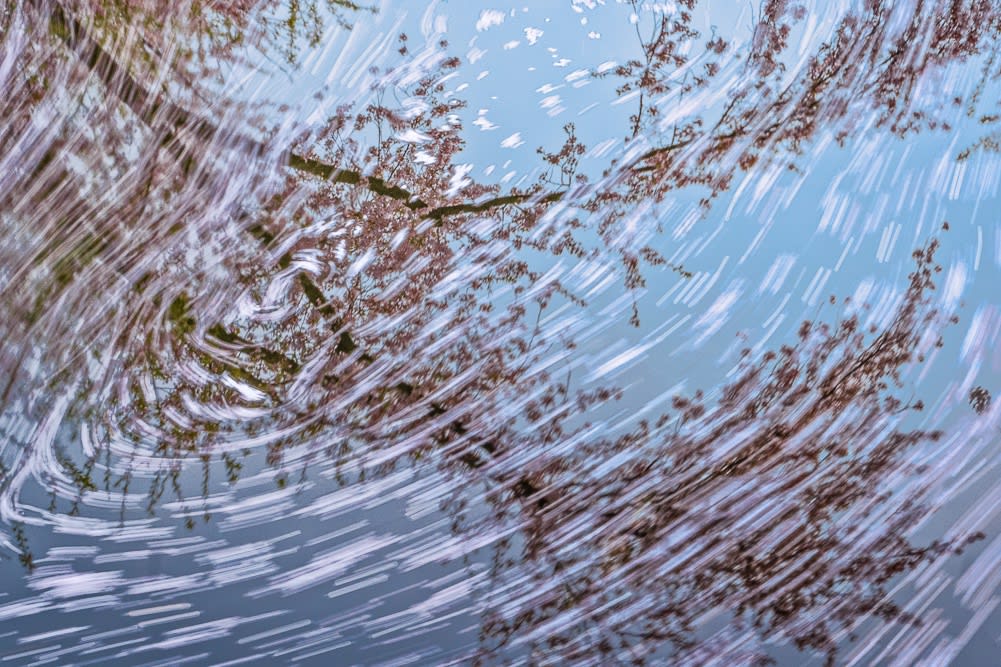 Xuan-Hui Ng, Remembrance #105
Xuan-Hui Ng, Remembrance #105Temporality and the Landscape Photograph
By Libby AtkinsThe emergence of photography as a medium revolutionized the temporality of landscape art. When we talk about photography, we also talk about time. When we talk about nature, we also talk about time. The cyclical nature of the world around us is not easily accepted by many Westerners. We have been taught to only conceptualize and value our human existence in terms of forwardness, linearity, and consumption. Inland / Outward follows the landscape photograph as relating to and reflecting the complexities of modern consciousness. As an acknowledgement of these complexities, Inland / Outward is appropriately a group show. Featuring seven artists, this collaboration of perspectives from Elizabeth Chiles, Robert Langham III, Libbie Masterson, Xuan-Hui Ng, David Reinfeld, Jane Szabo, and Margeaux Walter represents the subjectivity of relationships each of them have with the land. Through their images, we are called together to reevaluate our own relationships with the natural world.
-
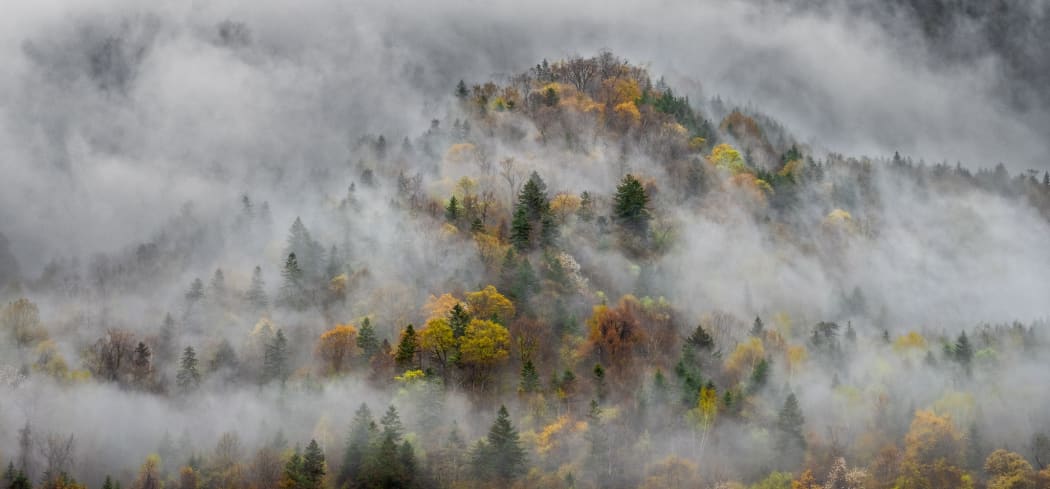 Xuan-Hui Ng, Metamorphosis #21, 2020
Xuan-Hui Ng, Metamorphosis #21, 2020Interludes: Commentary on the Landscapes of Xuan-Hui Ng
By Geoffrey C. Koslov“If I could walk around I swear I'll leave
Won't take nothin' but a memory
From the house that built me”
-Song by Miranda Lambert “The House That Built Me”
Xuan-Hui Ng, originally from Singapore, lives and works in Tokyo. Her landscapes, taken in Japan, Iceland, India, Bhutan, and Canada remind me of this sentiment in Miranda Lambert’s lyrics. In a sense, nature is the house of which she feels so a part. Ng said “ All the negative thoughts that held my mind hostage for months were crowded out by [the landscape’s] beauty. I realized how tiny I was, relative to this universe. There’s so much beauty on earth, so much to live for and to explore. Grief made me look inwards, but discovering nature rekindled that spark of life in me, enabling me to look outwards again. I got over myself. I found hope.” What she expresses in these image is perhaps letting something that lies below in her subconscious surface, and in that way also connects to something in the viewer.
-
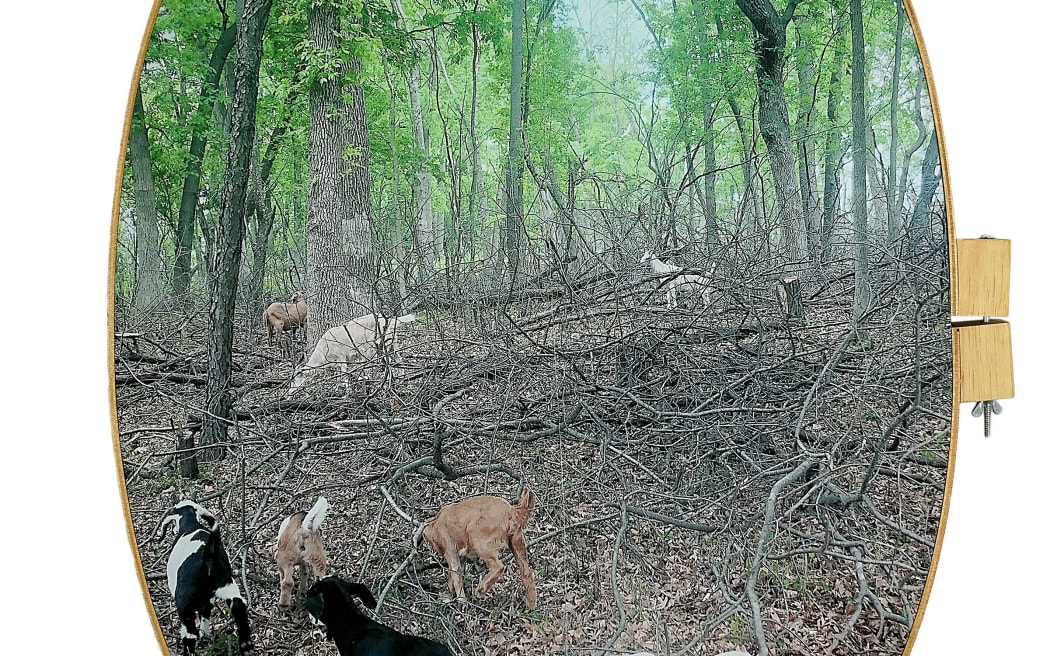 © Letitia Huckaby, Those of Our Land (2019)
© Letitia Huckaby, Those of Our Land (2019)Letitia Huckaby’s “Beautiful Blackness”
By Geoffrey C. KoslovLetitia Huckaby creates unique objects using photography printed onto non-traditional material. “Beautiful Blackness” includes several components that follow the tradition of visual storytelling. The work is a combination of people, land and tradition. Letitia is a deeply religious and thoughtful person. The materials on which she prints—flour sacks, sugar sacks, cotton fabric that is either sewn to create quilts or framed with vintage wood embroidery hoops, as well traditional prints—carry a history that connects past to present. Huckaby’s visual expression is a fine balance of who she is—a documentary photographer and artist.
-
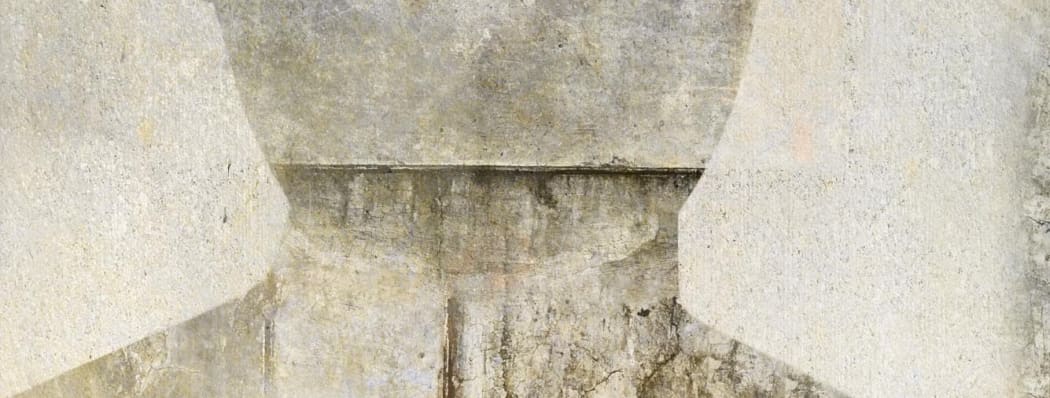
Innovation from Photo Lucida 2017
By Geoffrey C. KoslovLast month at Photo Lucida in Portland, Oregon there were opportunities to make new photographic discoveries. Innovation in photography is evident in both traditional analog silver gelatin prints and digital archival-pigment prints. The old technologies coexist with the new. In each of the following situations, the photographer found the ordinary and made it special, in the spirit of Elliott Erwitt’s comment:
“To me, photography is an art of observation. It’s about finding something interesting in an ordinary place… I’ve found it has little to do with the things you see and everything to do with the way you see them.”
RJ Kern
-
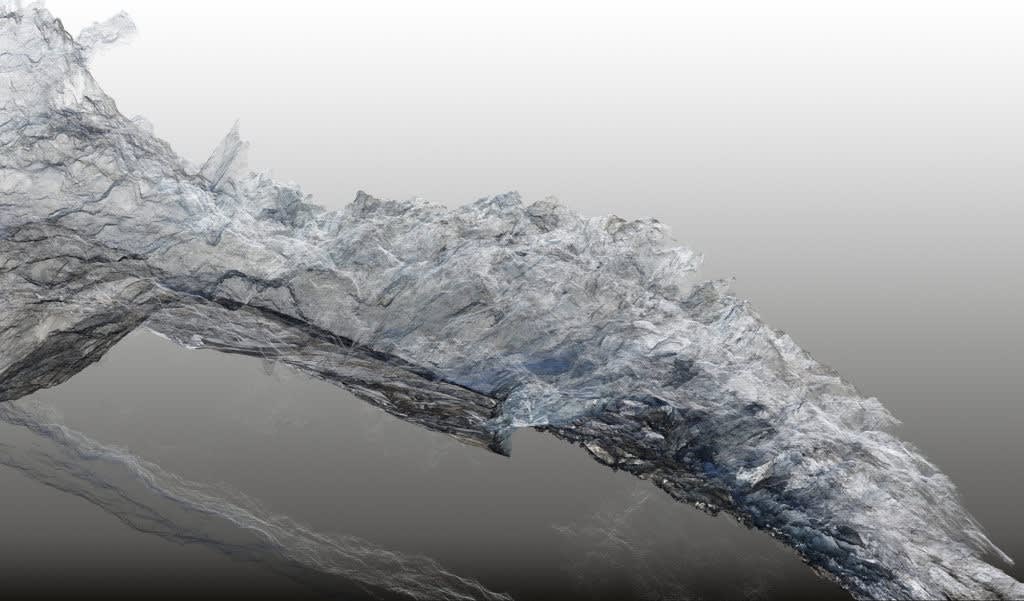
Paris Photo: Trends in Photography
By Geoffrey C. KoslovParis Photo 2016, held in the Grand Palais, had more than 150 galleries (1) representing approximately 3,300 photographers from around the world. The photography displayed included a mix of both vintage and contemporary works. Twenty-nine publishers/book dealers on photography were also on exhibit at Paris Photo. The vast majority of the dealers were from outside of the United States. This does not include all the satellite exhibitions at museums and other Paris based galleries presenting photographic work. Clearly, much to absorb. The exhibitions included several photographers using photography as a platform for different styles of artistic expression. Out of all this work, this Commentary is about five photographer/artists: Dan Holdsworth, Iris Hutegger, Elene Usdin, Letha Wilson and Kate Steciw.
-

The Metaphorical Image – Works of Julie Brook Alexander
By Geoffrey C. KoslovWithin the history of photography, multiple images have been combined to create a more flexible expression of what we see, with the thought that the combined presentation is a stronger metaphor for communication than each image separately. Julie Brook Alexander’s series “Filing in the Blanks” are diptychs, pairings of images that are from different places, taken at different times, and of completely different views of nature. Most are details from landscapes where patterns repeat, lines extend, and colors mirror. She uses these match-ups to make visual the inter-connectedness of our natural world. Each composition balances around a slim white line. That consciously placed and sized white space is reserved for the viewer to transition between a near, or close-in, vantage point photo, to one taken of a landscape or seascape from a far away distance. The use of intimate and infinite relative scales, patterns, lines, and colors bring a visual unity to the piece. That unity of two images, and two perspectives, is a visual metaphor to encourage the viewer to appreciate the unexpected connections in the world, that would not be achieved, in her view, within a single traditional (or straight) image.
-

Medium Festival of Photography Part 1
By Geoffrey C. KoslovI was privileged to participate as a reviewer at the Medium Festival of Photography in late October in San Diego, California. The setting and photographers were exceptional in all aspects. The work ranged from traditional photography (discussed in this Commentary, Part 1) to creative and imaginative conceptual pieces (to be discussed in Part 2 of this Commentary). Space does not allow for commenting on all the great work seen, so I have selected a few artists to discuss that offered some interesting features that really attracted my attention. This is Part 1 of the discussion.
-

The Landscapes of Peter Brown
By Geoffrey C. KoslovIt was seeing Peter Brown’s image of Aquifer Lake that made me stop and want to write about landscapes in general, and Peter Brown’s work specifically. Much like his recollections of travel across the country in his youth, his photos reminded me of a lake near my house growing up where I swam during the hot summers. At that moment, I realized that I did not have a way to really appreciate an image other than a visual visceral reaction. Walker Evans was quoted by Peter as referring to a “lyric documentary” (1) style “that bridges subject matter with a photographer’s psyche” (20). Peter describes his landscapes to me as “cultural landscapes” that may have a “lyrical documentary” bent behind them”. He infuses his landscape images with experiences from his youth crossing America by car, now enhanced with years of study of photography, photographers, writers and poets describing a land and its people. I wanted to go deeper into the image than just a pleasing visceral reaction and better appreciate his approach to landscape photography.
-
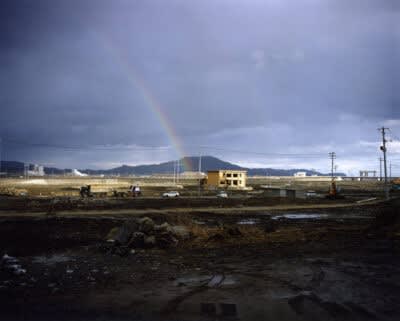
Naoya Hatakeyama-A Photographer’s View
By Geoffrey C. KoslovLast Monday night I attended a lecture by Naoya Hatakeyama that impacted my thoughts on viewing a photograph.
This lecture is on a new body of work on the aftermath of the tsunami that destroyed his home town, Rikuzentakata, Iwate Prefecture, Japan. I was previously familiar with Hatakeyama’s “Blast” series, which I like very much. What intrigued me most were his comments on a photographer’s relationship to their work, and the interaction of a viewer with a photographer’s work.